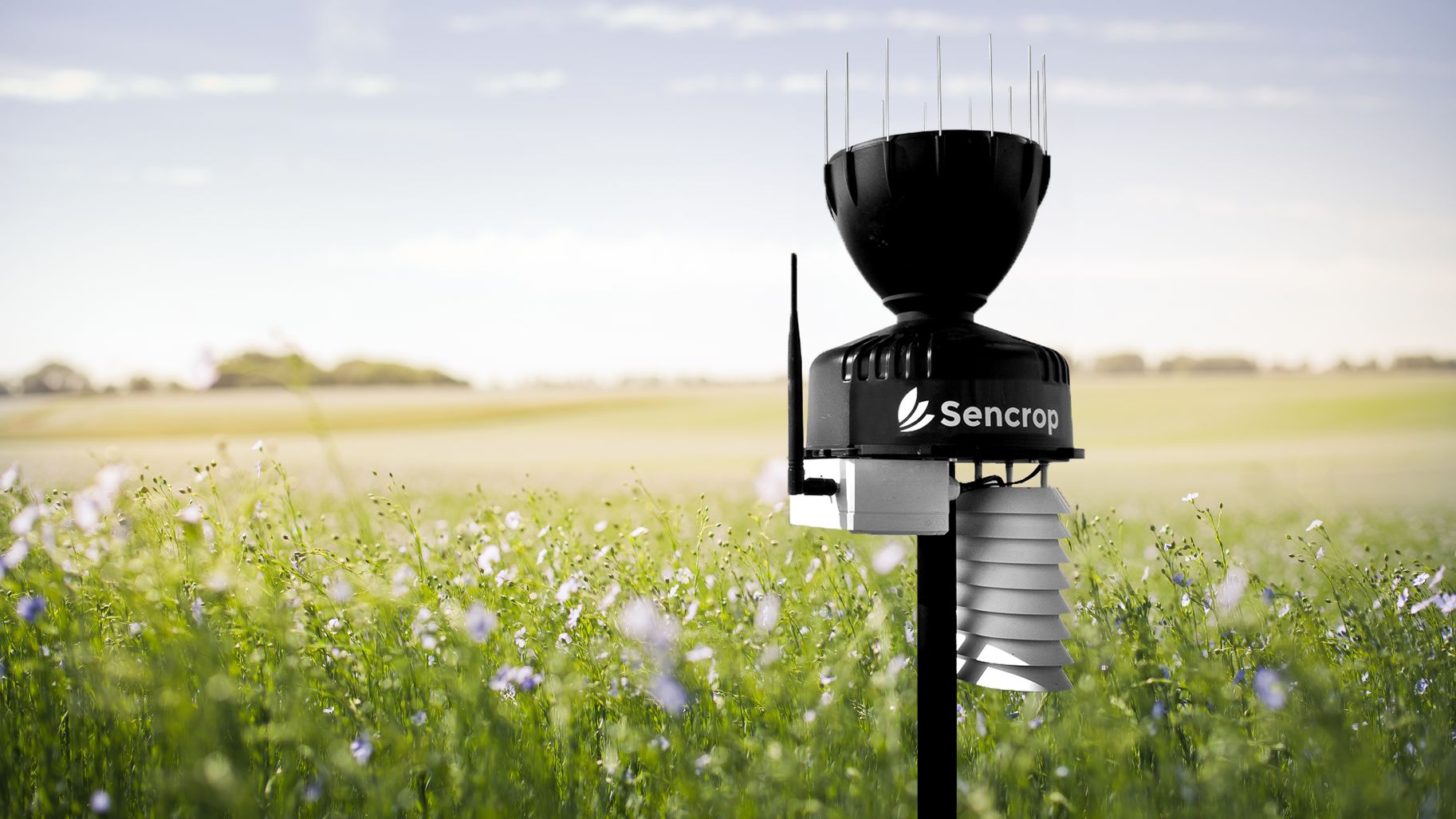Connected agriculture, even where there is no network
Date:
Changed on 13/12/2023

Controlling water and pesticide consumption, adapting to climate change, striving for a better quality of life... farmers today face many challenges. To help them, Sencrop has developed local connected ag-weather stations. “Installed in the field, our sensors measure precipitation, wind speed, temperature, sunshine and humidity, and send this information to the farmer's tablet or smartphone. This gives him all the necessary data in real time to manage his work every day (sowing, treatment, irrigation, harvesting, etc.). He no longer has to wake up needlessly at dawn to discover that the time isn’t right. Above all, he can water and apply plant protection products at the right time to obtain better yields with lower doses, thus having a reduced environmental impact ”, explains Michaël Bruniaux, co-founder of the startup.
The only problem: “The development of our stations is limited to the fifty or so countries covered by the communication operator SigFox, dedicated to the Internet of Things,” he continues. We would like to expand beyond that. That is why we are collaborating with the Fun project team at the Inria Lille - Nord Europe research center.” It specializes in self-organizing future ubiquitous networks, i.e. in wireless communication systems that make it possible for connected objects to interact with each other. In order to carry out this project, the team received a research grant from the European Regional Development Fund (ERDF) and the support of the I-SITE Université Lille Nord - Europe (ULNE), of which Inria is a partner member, to host a thesis student for three years. Sencrop, for its part, contributes one third of the budget.
“The idea of the project is to combine several wireless communication technologies (SigFox, LoRA, GSM, etc.) so that Sencrop's stations are no longer dependent on a network and can be used anywhere, ” recounts Nathalie Mitton, Fun project team leader. "The right mix should offer a solution for each country based on its local systems. ” For dead zones, such as isolated farms located among hills, the technologies chosen must also support multiple hops, i.e. they must be able to route information from one sensor to the next closest until it reaches the weather station or a sensor which, located in the coverage area, will be able to transmit the information to the station.
Combining and making heterogeneous technologies interoperable will also make it possible to use at any time the one that ensures the best compromise between information transmission times and energy consumption. “GSM chips consume a lot of energy compared to the limited autonomy of the sensors, but they have a range and speed that allows them to send data very quickly, ” explains Nathalie Mitton. “They can therefore be useful for alerts. On the other hand, less urgent information can be transmitted via radio waves, which are slower but more energy efficient. ” The use of several communication channels also makes it possible to transmit more information, or even send it to the sensors, update and/or program it remotely.
Another point of the collaboration between Inria and Sencrop consists in sorting the data and developing a local protocol so the sensors can choose at any time, in an autonomous and dynamic way, how to send the information according to its type. Once the project is completed, the solution will be validated experimentally, in real-life situations, with the goal of making it commercially available.